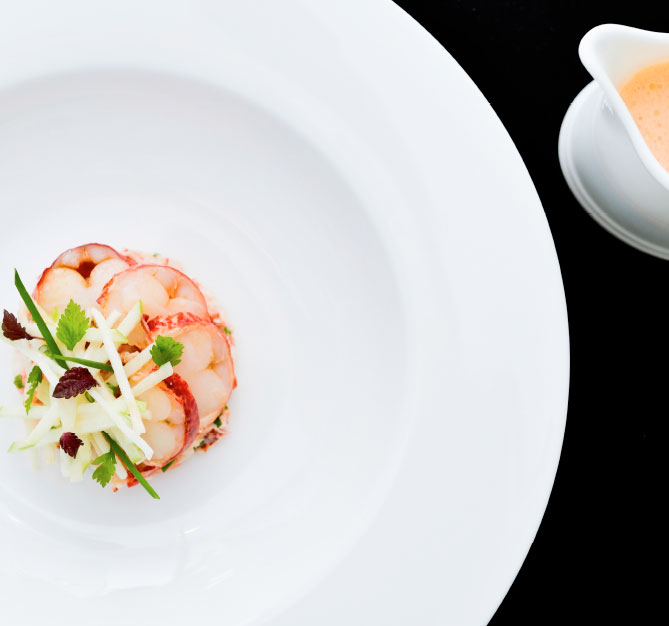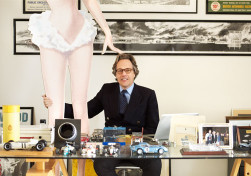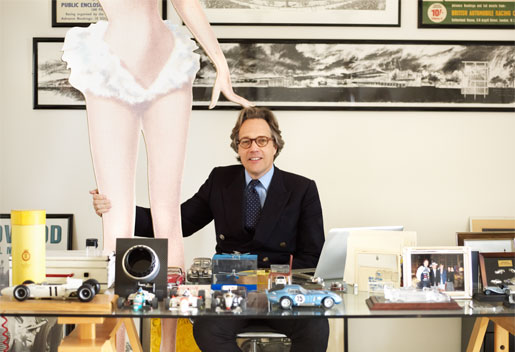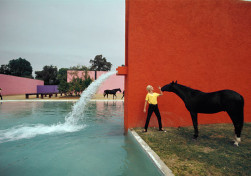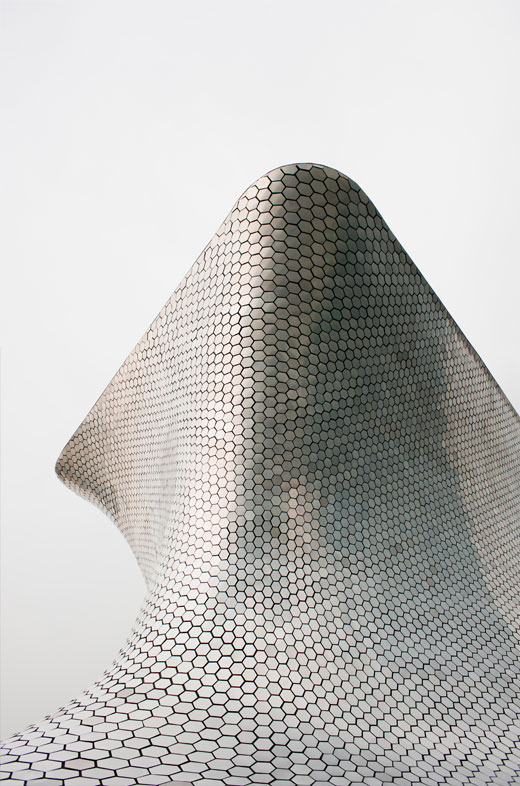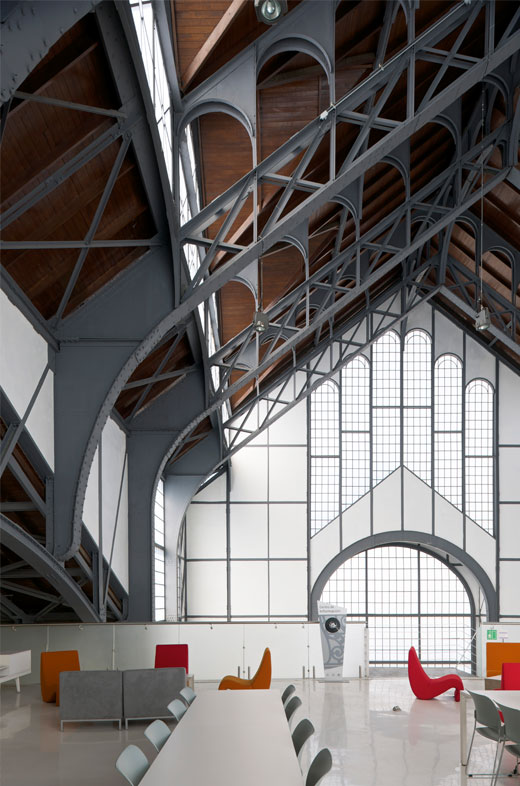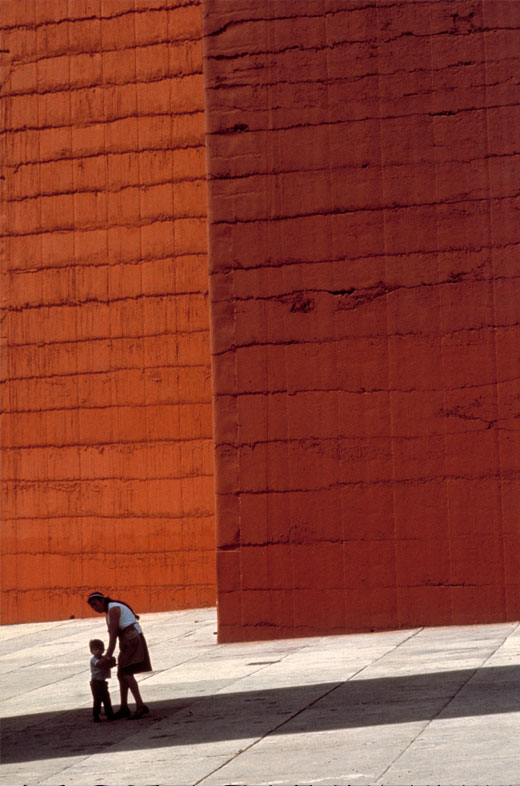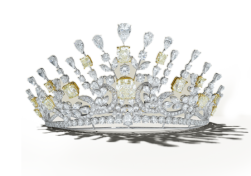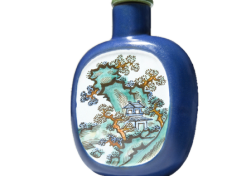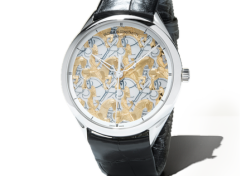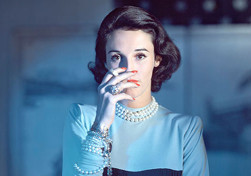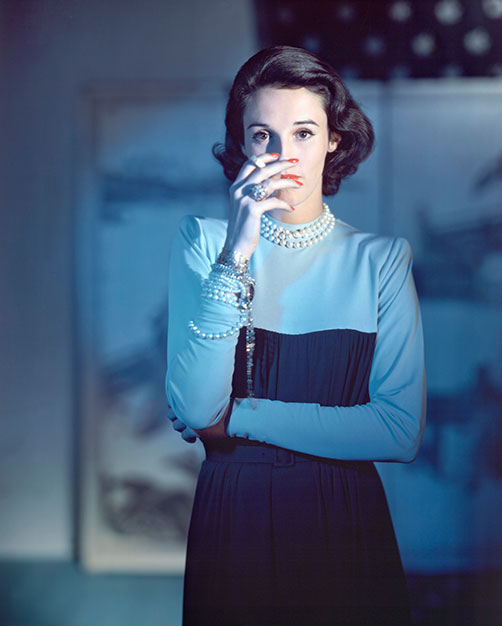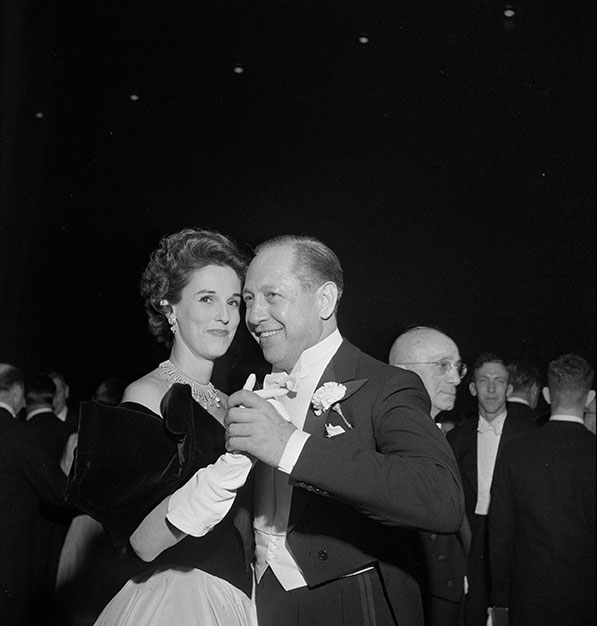The Scottish-born chef Gordon Ramsay originally set out to become a professional soccer player, switching to catering college at age 19 following a knee injury. He went on to train under chef Marco Pierre White before deciding to specialize in French cuisine, working alongside Albert Roux at Le Gavroche in London and Guy Savoy and Joël Robuchon in Paris. His first Michelin star came in 1997, when he was chef at Aubergine. When he was 33, his own venture, Restaurant Gordon Ramsay, was awarded three Michelin stars. Today, his ever-growing chain of restaurants stretches from Los Angeles and New York to Paris and Hong Kong, and he continues to appear on television series such as Kitchen Nightmares and MasterChef. The chef launched two restaurants in 2012 at The St. Regis Doha: Opal by Gordon Ramsay, which serves classic western dishes in a bistro-style environment, and a fine-dining space, Gordon Ramsay Restaurant.
Which dish do you most enjoy cooking?
I love cooking all sorts; what I make depends on what mood I’m in and how long I want to spend in the kitchen. In my recent TV cooking series Ultimate Home Cooking, it was all about making tasty food at home: nothing too fancy, but great fish dishes, pies, desserts.
Is there anything you’d rather buy than make?
No. Cooking your own food is always a better and healthier option. I’m a big believer in cooking at home with the family. My kids do a lot of the cooking in the house and it’s much more enjoyable.
What do you eat when you’re home alone?
Something quick and simple, such as a good-quality steak with salad and a homemade dressing. I always like to see what’s in the cupboard: you’d be surprised what you can make with just a few staple ingredients.
What would you order from the menu at The St. Regis Doha?
From Gordon Ramsay Restaurant, I would choose the carpaccio of Scottish scallops. At Opal, the lamb burger with mint is one of my favorites, although I try different dishes every time I am there. I always ask the chef to create mini versions of dishes on the menu so I can sample all of them.
How do the dishes there differ from your other restaurants?
Opal is very similar to Bread Street Kitchen in London, and obviously Gordon Ramsay Restaurant is inspired by my three-Michelin-starred flagship restaurant. However, we do make changes to reference the local culture, the flavors that are popular in the region, and the fresh ingredients that we can get.
When you were a child, what was your favorite food?
Eggs Benedict. I’ve always loved having it in the morning; it’s all about the hollandaise sauce.
Which meal most reminds you of home?
Beef Wellington, which has become one of my signature dishes. It’s very versatile: you can change what meat you use (I recently used lamb) as well as the spices and secondary ingredients.
Which is the dish you’re most proud of?
King crab tortellini with lemongrass and tomato vinaigrette. It is simple and fresh and always impresses.
What’s been the most memorable moment of your career?
Getting the first Michelin star for Restaurant Gordon Ramsay (and of course getting three a few years later). But every time I’ve opened a restaurant it has been a really proud moment. I now have 25 globally and 13 in London, and there’s more to come. I’ve been incredibly lucky to have my restaurant business, TV career and wonderful family.
Are there any foods that you think are overrated?
No, although anything that is processed or poor quality is never good in my book. I grew up in a household with very little money so we ate some horrible food – spam. That definitely isn’t something I’d eat now.
What do you enjoy most about Doha?
The people. They have always been very friendly and extremely professional.
If you could revisit a meal that you’ve had in the past, what would it be?
I’m very lucky in that I eat out a lot and get to experience lots of different styles, concepts and cultures. The most recent amazing meal I’ve had was at Quique Dacosta in Spain. I was in the area filming for television and found myself in a terrible restaurant. We wanted to show them what amazing service was, so I took them to Quique Dacosta; it was fantastic.
What’s the secret to running a restaurant really well?
You have to have a great team. I definitely do, and when I’m asked who does the cooking when I’m not there, I say it’s the same people as when I am there. To run a restaurant, and certainly to be a chef, you have to have passion for what you do, work hard and persevere.
Your address: The St. Regis Doha


